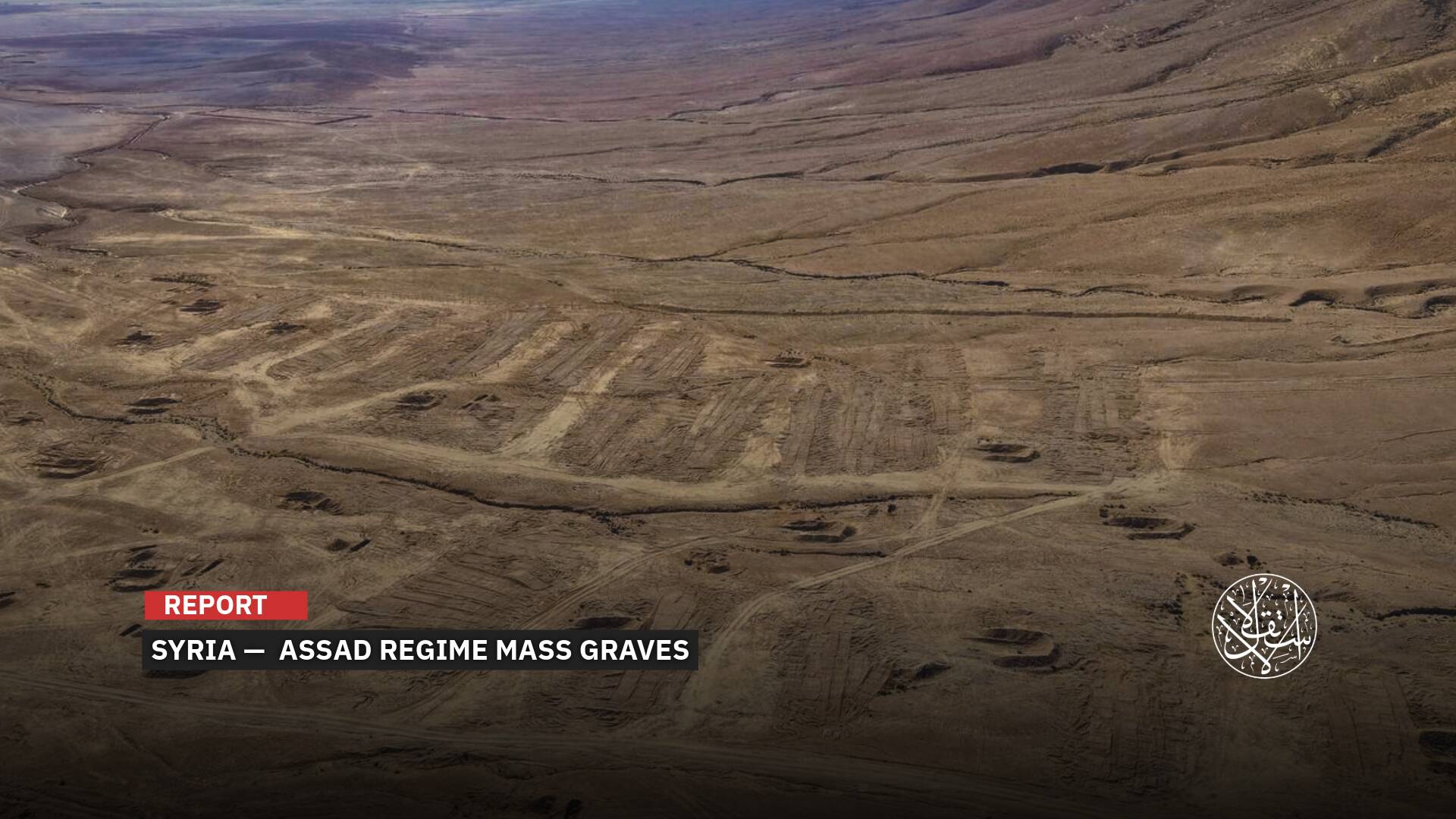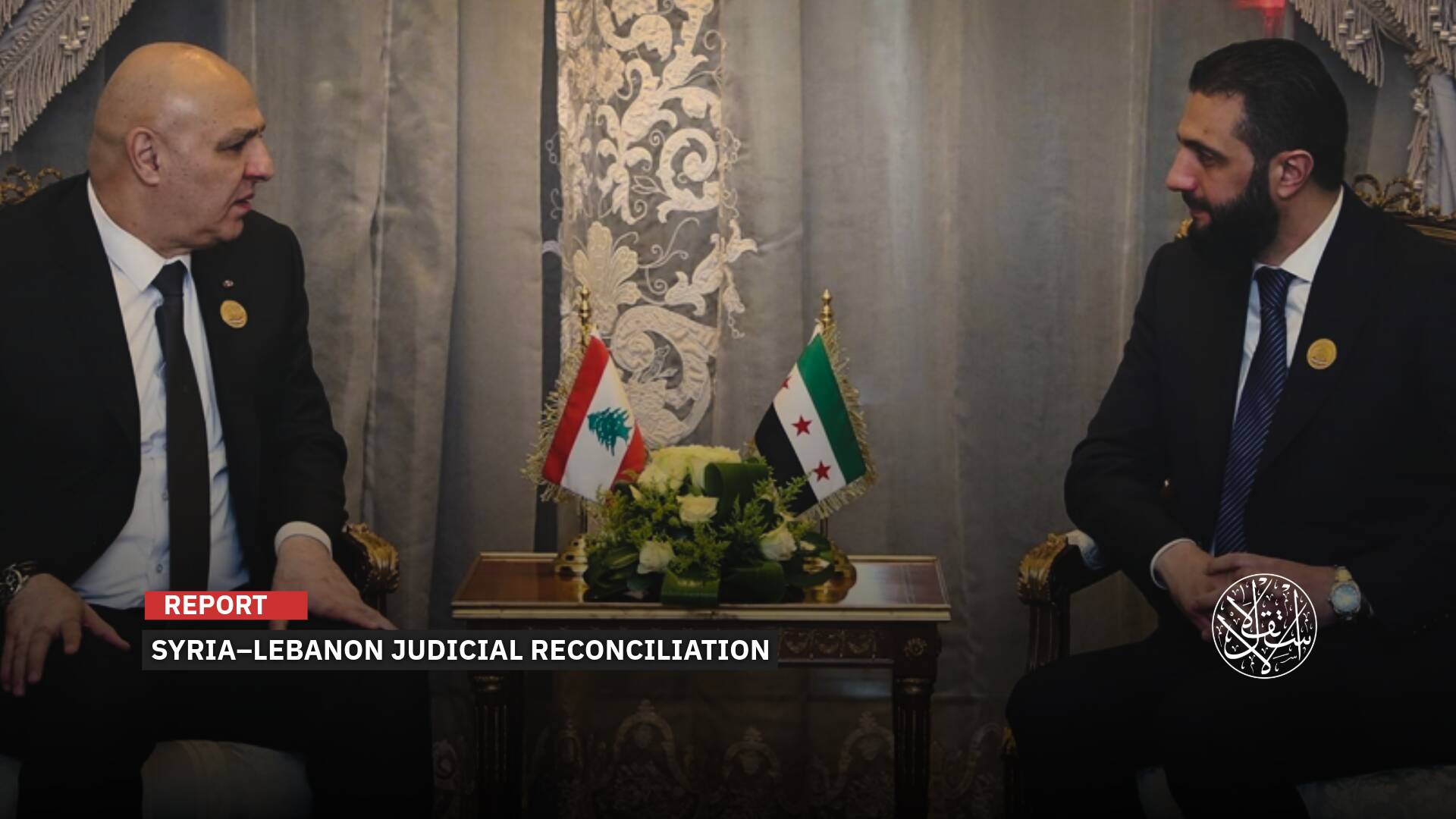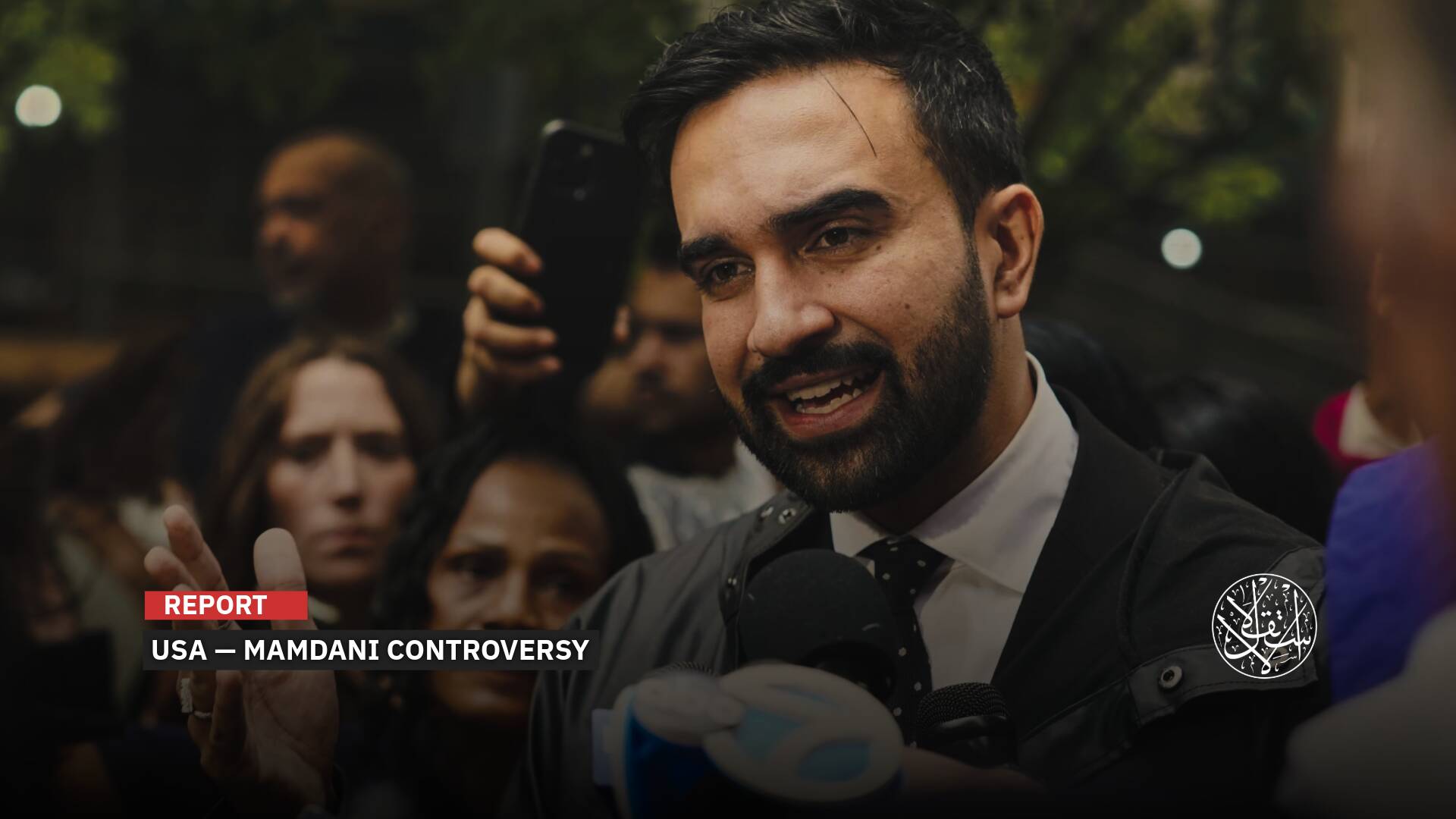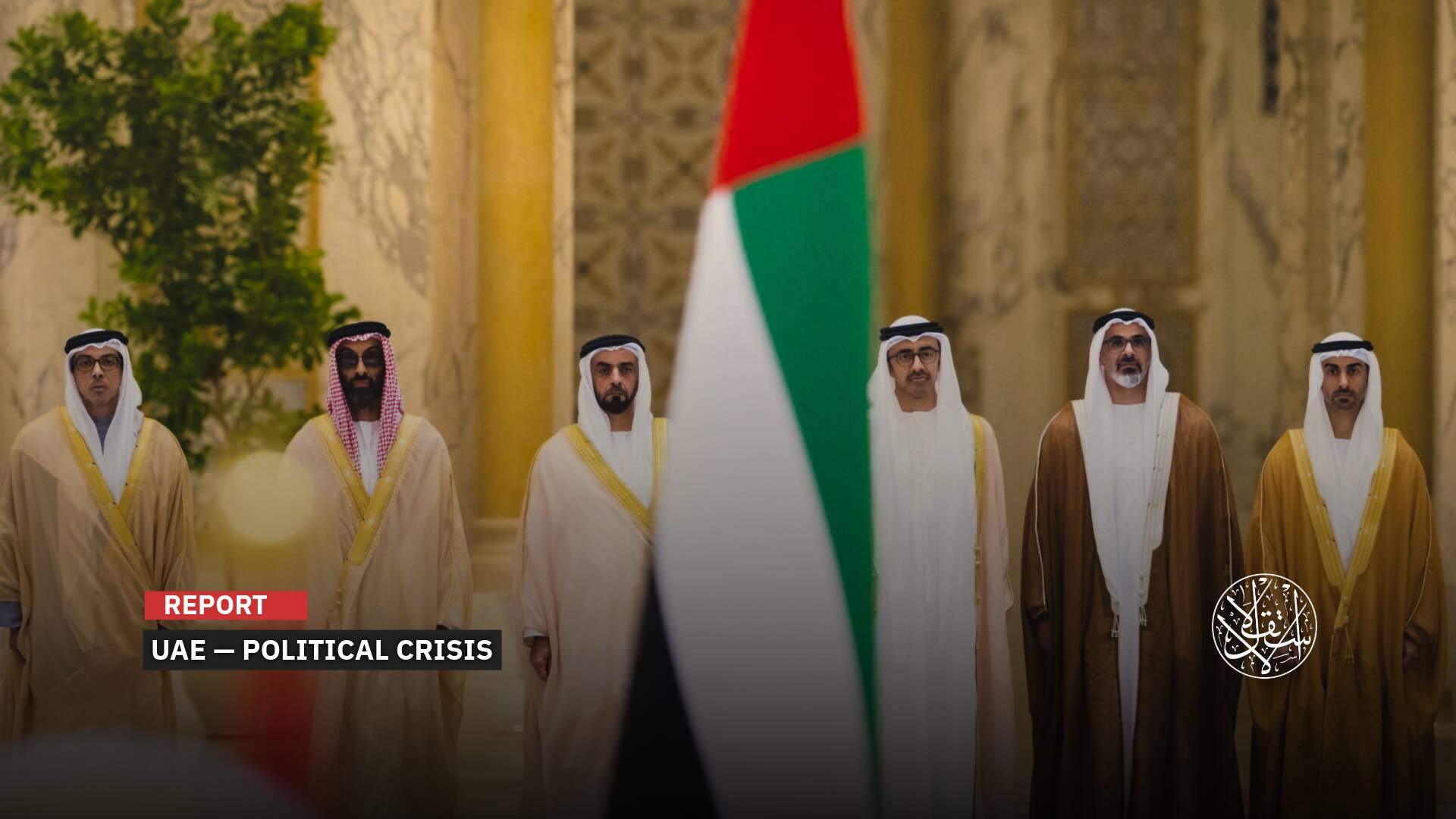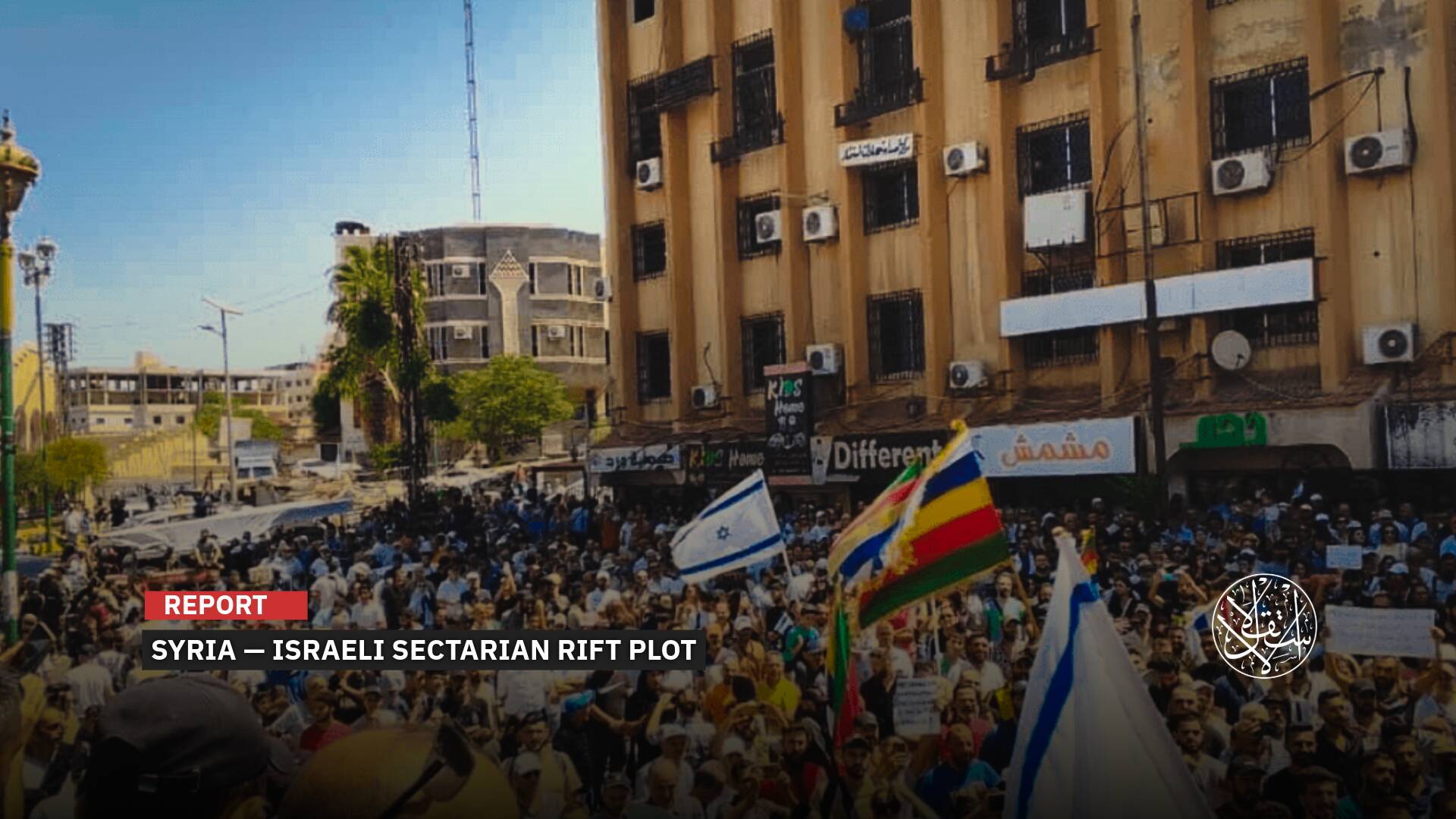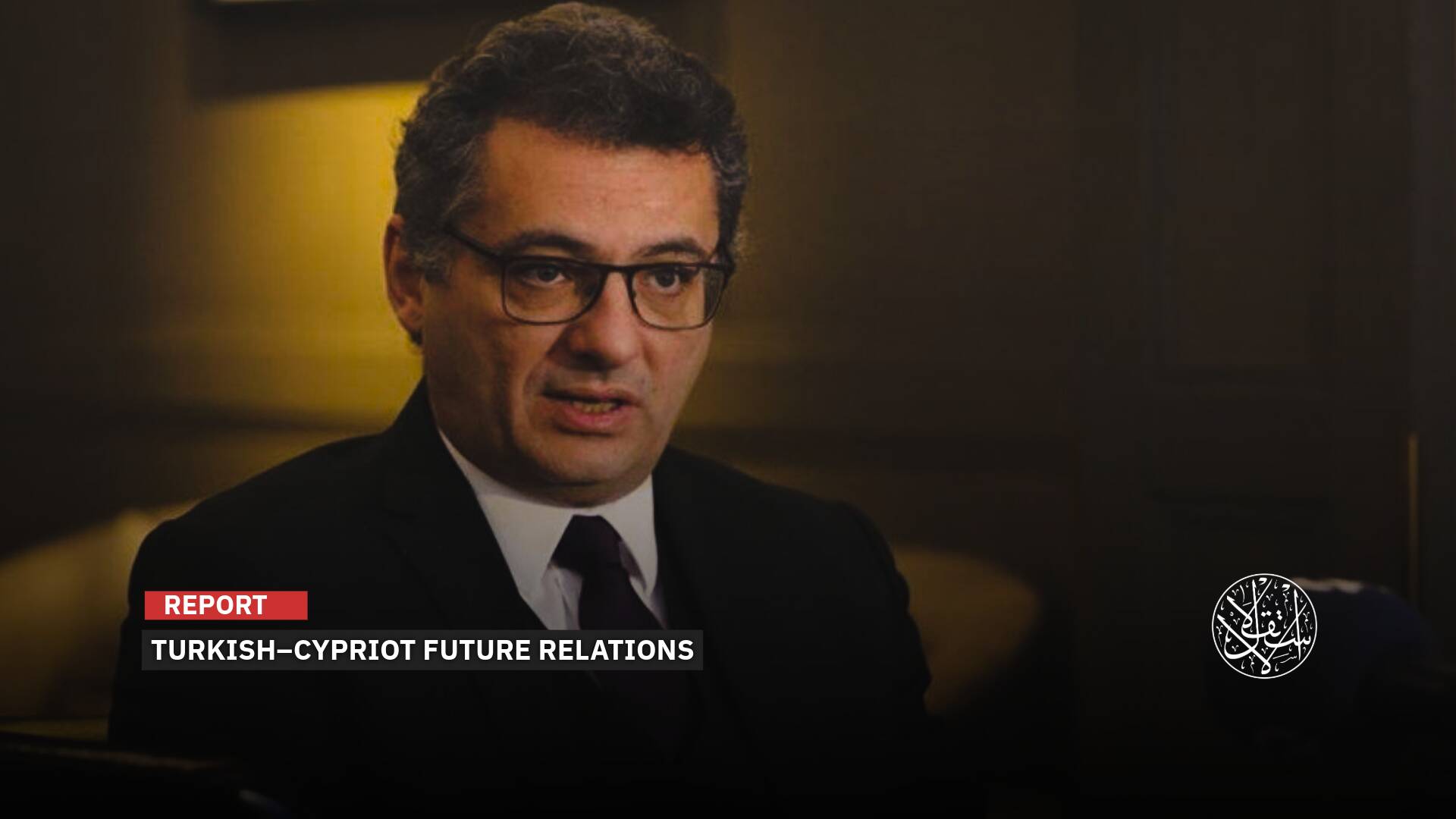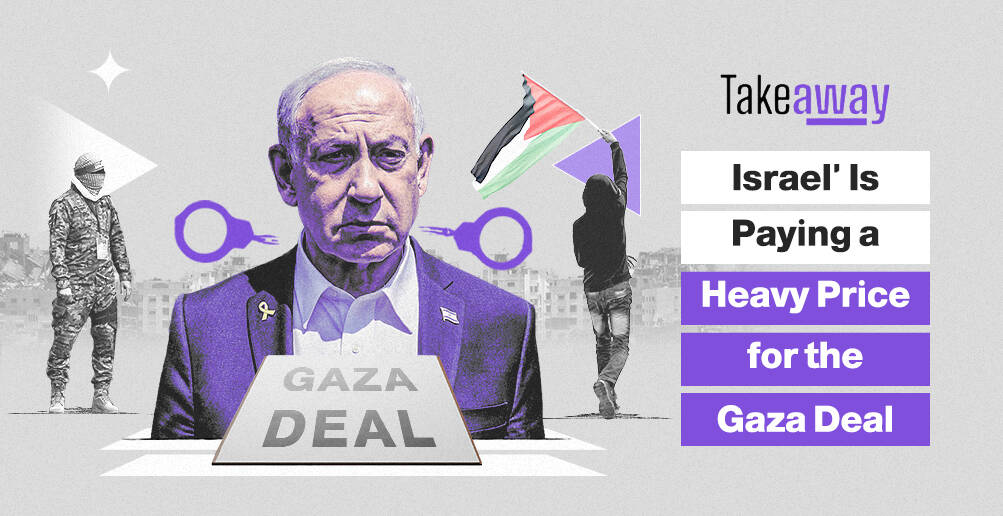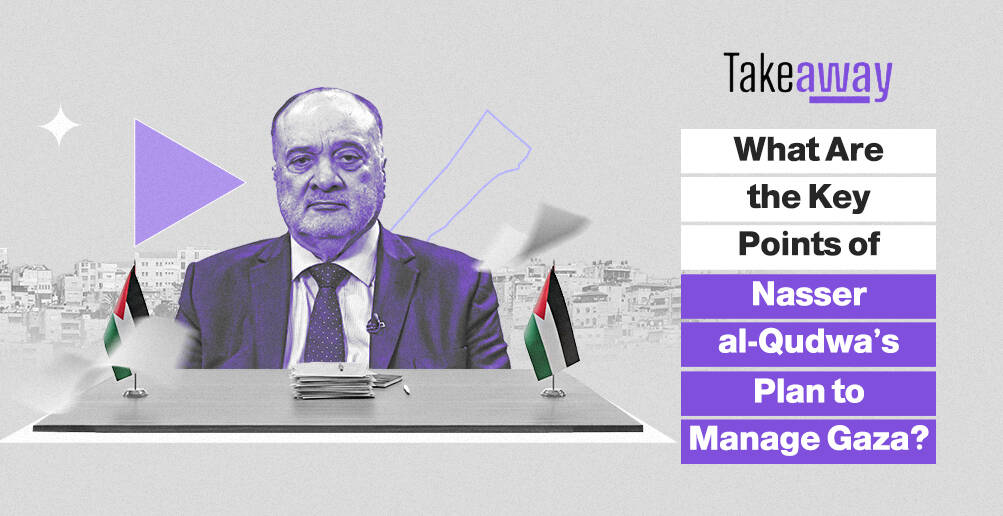After Assad’s Fall and Hezbollah’s Weakening, Could the U.S. Strike Iran?

Trump said all options are on the table when asked about the possibility of a war against Iran.
With Donald Trump nearing his second term, speculation is swirling about the U.S. taking military action against Iran. When pressed on the possibility of war with Tehran, Trump left the door open.
As the clock ticks down to Trump's return to the White House on January 20, 2025, his administration is shaping up with key appointments dominated by hawkish figures, signaling a potentially aggressive agenda ahead.

Potential War
As discussions around a potential U.S. strike on Iran gain momentum, former Israeli Defense Minister Yoav Gallant told The Washington Post’s David Ignatius that the clock is ticking for action against Iran’s nuclear program.
“Israel has the means to strike Iranian assets in a precise, forceful and sophisticated manner. If needed, we will not hesitate to act,” he said.
In a December 14, 2024, column, Ignatius said Iran appears to be at its most vulnerable in recent history. “Its proxy armies have been crushed in Gaza, Lebanon, and Syria. And it appears to be nearly naked to attack after a wave of pinpoint Israeli airstrikes on its air defense system in October.”
Ignatius noted that any decision to capitalize on Iran's fragility—whether through diplomacy or military action—will ultimately rest with President-elect Donald Trump.
U.S. President-elect Donald Trump said “anything can happen” when asked about the chances of going to war with Iran during his next term in an interview with Time, coinciding with his being named the magazine's Person of the Year.
Ignatius concluded that if coercive diplomacy fails to dismantle Iran’s nuclear capabilities, “military action” by the U.S. and “Israel” remains on the table.
The Wall Street Journal echoed these concerns in a December 13 report, revealing that Trump’s team is actively reviewing options, including preemptive airstrikes, to halt Iran’s nuclear program. This approach would mark a sharp departure from the long-standing strategy of containing Tehran through diplomacy and sanctions.
The report stated that Trump’s transition team is seriously examining the regional dynamics, particularly in the wake of Bashar al-Assad's fall, Hezbollah's weakening, and the strategic future of U.S. forces in the Middle East.
Unnamed sources within Trump’s transition team disclosed that recent revelations about Iran’s nuclear activities and its diminished regional influence have sparked sensitive internal discussions. While these deliberations remain in early stages, concerns are mounting that economic pressure alone may not be enough to deter Tehran.
According to insiders, Trump recently expressed to Israeli Prime Minister Benjamin Netanyahu his apprehension over Iran accelerating its nuclear ambitions during his presidency.

U.S. Strategy
Iraqi political analyst Imad Eddin al-Jubouri cast doubt on Washington launching a military strike against Iran during Trump’s second term.
Speaking to Al-Estiklal, al-Jubouri attributed his skepticism to Trump’s track record, stating, “During his first term [2017–2021], Trump sent naval fleets to the Gulf several times, only for them to retreat without taking action.”
“Iran is now weakened, and its regional project has eroded. A military confrontation is no longer necessary. However, Trump is likely to intensify sanctions and pave the way to dismantle Iran’s proxies in Iraq and Yemen, following their decline in Syria and Lebanon.”
According to the analyst, regime change in Iran is more likely to come from within. He noted growing U.S. congressional engagement with the Iranian opposition, including members of the People’s Mojahedin Organization (MEK), as part of a broader strategy to support internal movements.
Al-Jubouri suggested that the U.S. has a long-term strategy in the Middle East to maintain Iran as a “boogeyman” in the Gulf. The regime’s time is running out after over four decades of rule, having become a burden on the region.
“Any change in Iran would stem from activating opposition forces, particularly the MEK, which aligns closely with U.S. and Western policies.” As a result, he ruled out “the possibility of a U.S. military confrontation or airstrikes against Iran.”
A report published by the U.S.-based Alhurra on December 16, 2024, highlighted the growing challenges threatening Iran’s internal stability and regional security amidst rapid changes in the Middle East.
The report detailed the compounded pressures on Tehran, including sustained blows to Hezbollah in Lebanon, the collapse of its ally Bashar al-Assad’s regime in Syria, and escalating domestic unrest fueled by deepening economic and social crises.
Mehdi Oghbai, a member of the National Council of Resistance of Iran, warned of the dire consequences for Iran following the collapse of Syria. He described Syria as a “strategic bridge” for Tehran, connecting it to Hezbollah and enabling its influence over key Mediterranean trade routes.
Losing this connection, Oghbai asserted, would significantly weaken Iran’s regional standing and isolate it from its traditional allies.

Trigger Mechanism
Iranian local media widely discussed the prospect of negotiations between Tehran and Washington during Trump’s anticipated second term, emphasizing his openness to comprehensive talks with Iran.
The reformist daily Arman Meli noted last week that Trump’s conditions for negotiations include a comprehensive agreement addressing both Iran’s regional role and its nuclear activities.
In contrast, the conservative Eghtesad highlighted that “the West, led by the United States, has shifted to a policy of threats and intimidation to force Iran into compliance on the nuclear file and beyond.”
The paper pointed to the European threat of activating the “trigger mechanism,” arguing that the West has abandoned the “carrot-and-stick” approach in favor of solely using pressure tactics to align Iran with its policies.
The “trigger mechanism” allows for the re-imposition of UN Security Council sanctions on Iran if no agreement is reached with Western nations on its nuclear program. This measure remains valid until October 18, 2025, under UN Security Council Resolution 2231.
On December 9, 2024, Iranian Vice President Mohammad Reza Aref dismissed the threats of activating the trigger mechanism as “a joke.” He urged Western nations to abandon their actions, advocating a “response-for-response” strategy. “We are open to dialogue but reject extortion,” Aref stated.
In remarks reported by ISNA, Aref emphasized Iran’s willingness to resolve issues with the West while protecting mutual interests, noting that dialogue aims to lift “unjust sanctions.”
A November 16, 2024, Financial Times report revealed that Trump’s next administration aims to revive its “maximum pressure” strategy to “bankrupt” Iran, limiting its ability to fund regional proxies and develop nuclear weapons.
According to the report, Trump’s foreign policy team plans to tighten sanctions, particularly on vital oil exports, upon his return to the White House in January 2025.
“He’s determined to reinstitute a maximum pressure strategy to bankrupt Iran as soon as possible,” said a national security expert familiar with the Trump transition.
Trump signaled during his election campaign that he wants a deal with Iran. “We have to make a deal because the consequences are impossible. We have to make a deal,” he said in September.
Sources close to Trump’s strategy noted that maximum pressure tactics would aim to coerce Iran into talks with the U.S., though experts believe such negotiations remain unlikely.
During his first term, Trump withdrew from the 2015 nuclear agreement brokered by his predecessor, Barack Obama, reimposing economic sanctions as part of the “maximum pressure” campaign.
In 2020, Trump ordered a U.S. airstrike that killed Qassem Soleimani, commander of the Quds Force of the Iranian Revolutionary Guard, near Baghdad International Airport.
Sources
- Trump team aims to bankrupt Iran with new ‘maximum pressure’ plan
- With Iran’s guard down, the U.S. and Israel face an urgent choice
- Trump, asked about chances of war with Iran, says 'anything can happen'
- WSJ: Trump Considers Military Strike on Iran [Arabic]
- 'Work for Work' Iran Seeks to Settle Issues with the West [Arabic]
- The "trigger mechanism" is the West's alternative weapon against Iran [Arabic]


